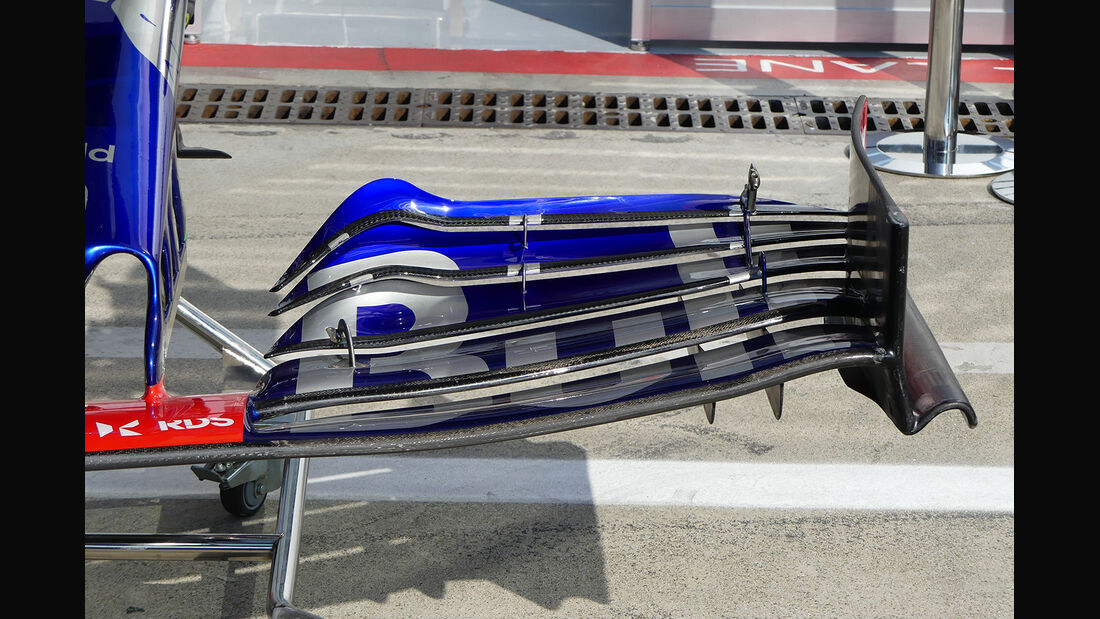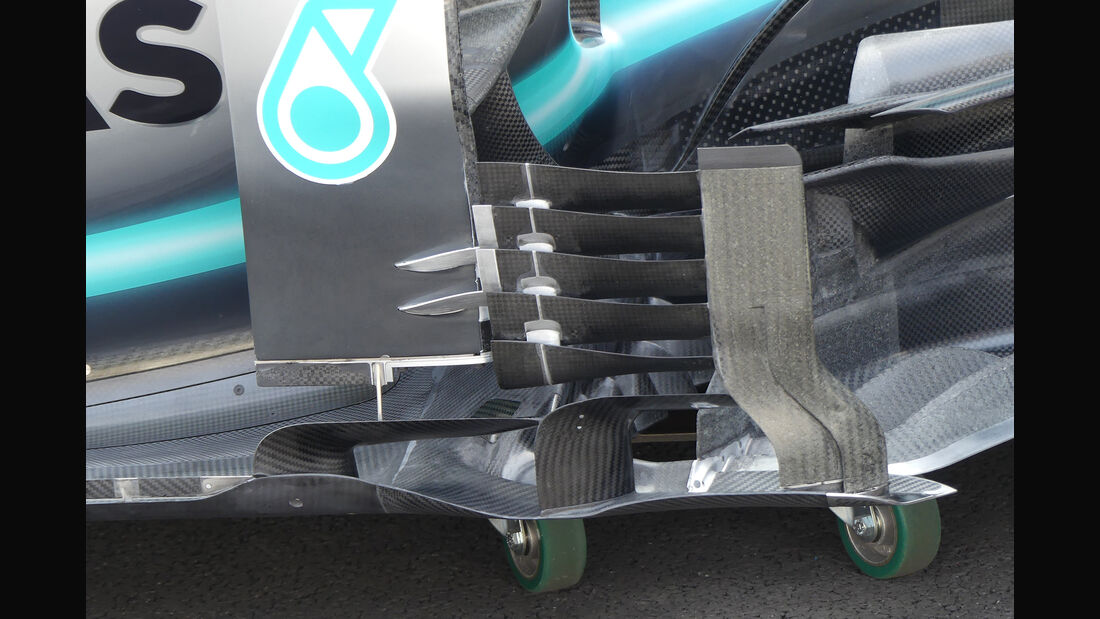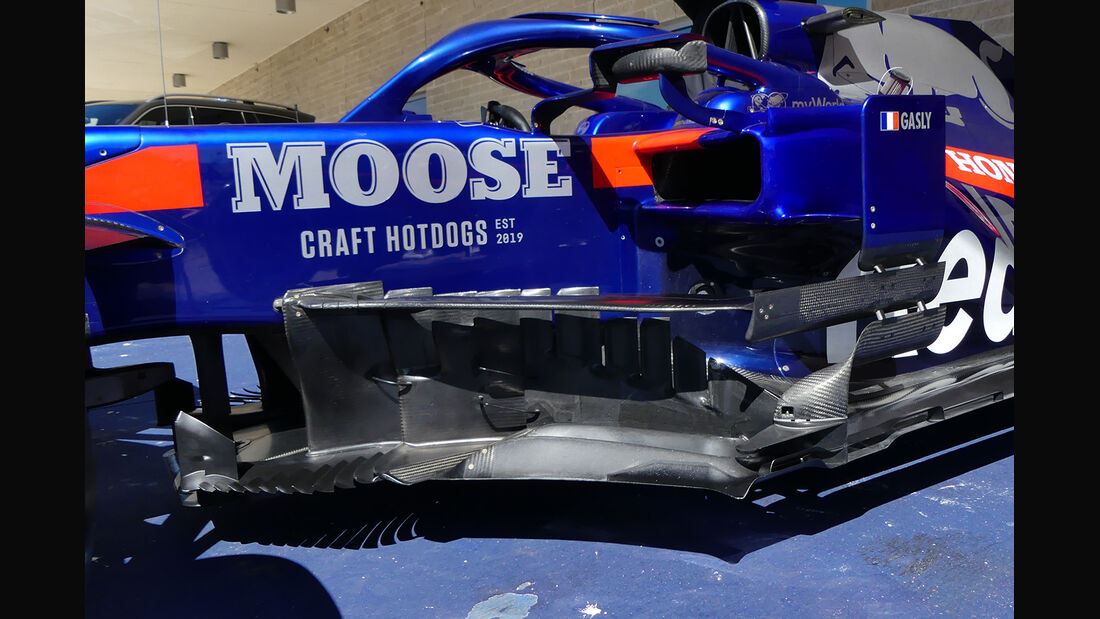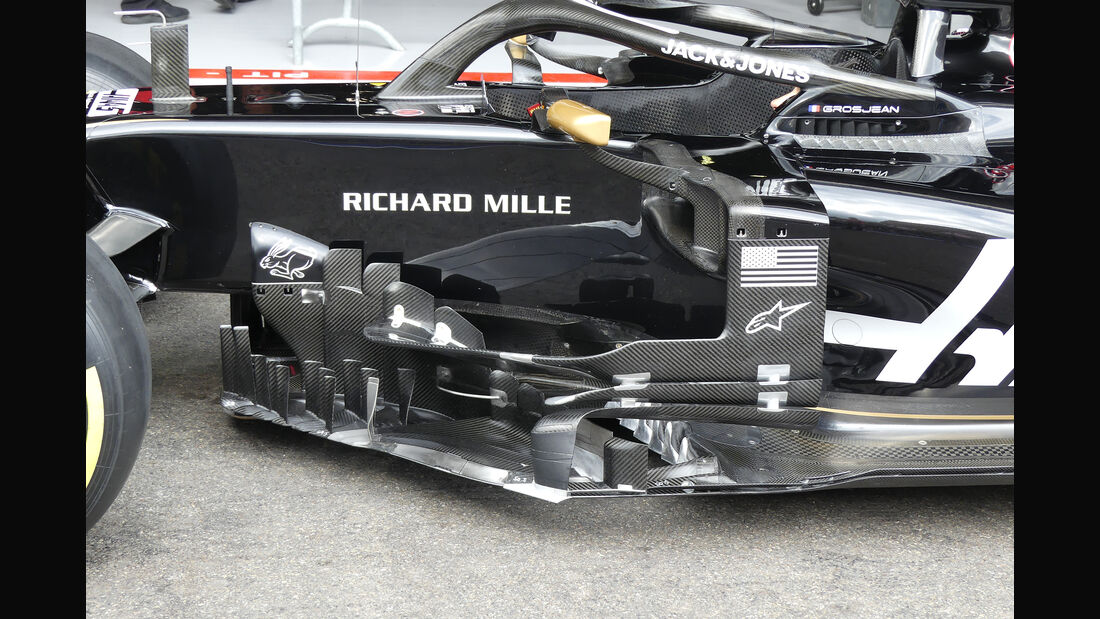[quote=JordanMugen post_id=854774
The air coming out of the sidepods is low momentum air that has had all the energy taken out of it, by passing through all the radiators and so on.
[/quote]
The air coming off the radiators is ducted and heated. For one the radiators are not very restrictive, and the outlets are tapered which increases flow velocity. The heat from the engine, radiators and shape of the body work all serve to add energy to the air. Heat is a form of energy.
Isn't the upwash mostly from the huge counter rotating vortex pair generated by the rear wing?
The floor has two huge ones as well that merge with the rear wing. Or at least should if you want a fast car.











